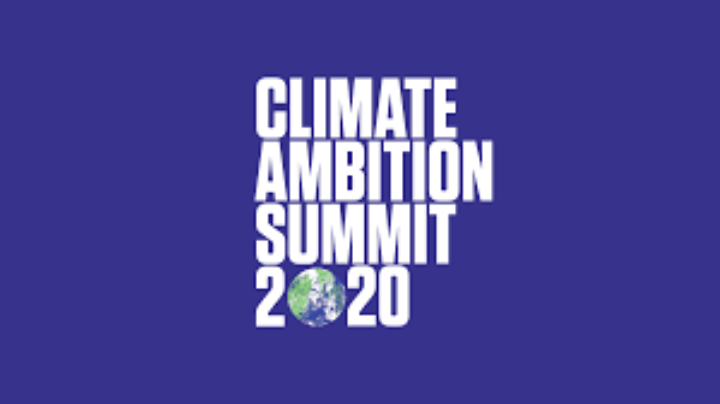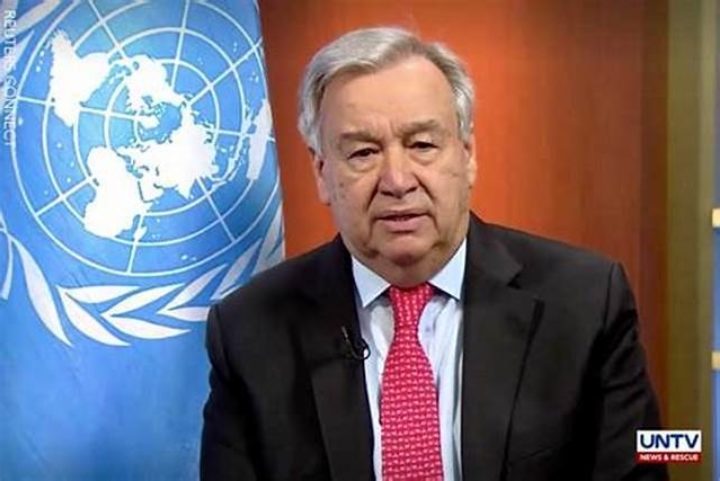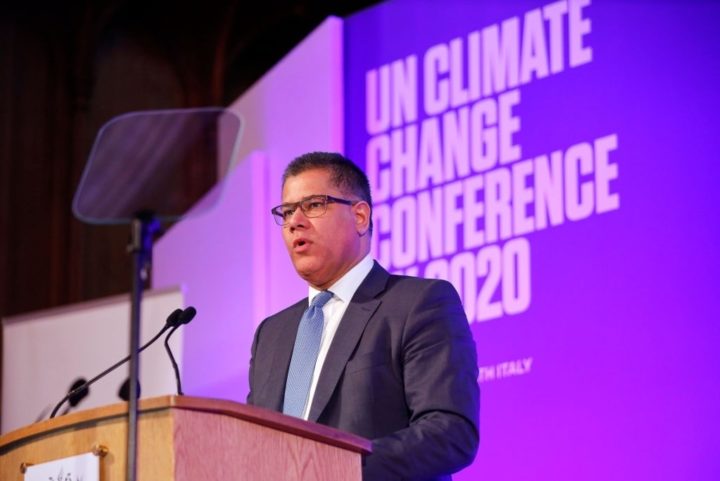Climate Ambition Summit 2020: a good start but much more needed in the year to COP26
This blog explores what happened a the Climate Action Summit 2020, what did it achieve and what happens next?
By Alison Doig
Share
Last updated:

Last Saturday marked five years since the Paris Agreement was signed by almost 200 nations at COP21.
The Paris Agreement came into force in 2020, and countries in the Agreement pledged to keep global temperature rise this century ‘well below’ 2oC above pre-industrial levels and make every effort to keep it to 1.5oC. But it is clear that the pledges and actions taken by countries so far will put us on a path to much riskier pathways. Ambition, nationally and globally, is far too low.
This year also marked the first time in 25 years where no formal climate negotiation took place between countries, as COP26 was postponed due to the pandemic. Events around the world this year – wildfires, hurricanes, heat waves – have shown that the impacts of our changing climate have not paused while we deal with Covid-19, and instead continue to rage.
It is in this context that the UK as COP26 president co-hosted (with the United Nations, France, Chile, and Italy) the Climate Ambition Summit 2020, where world leaders were asked to make new commitments to tackle climate change and deliver on the Paris Agreement. The Summit was billed as ‘a monumental step on the road to the UK-hosted COP26 next November in Glasgow’.
Did the Climate Ambition Summit live up to expectations?
The general consensus among those of us who followed the event was that it was a good start: it shook world leaders to re-assess their climate pledges and warned that much more needs to happen in 2021 to ensure a successful COP26.
The UN Secretary General António Guterres opened the Summit with a challenge to the world’s nations to declare a state of climate emergency until net zero emissions has been achieved. Specifically, he called for countries as they invest to recover from the coronavirus crisis in a way which diverges from funding fossil fuels which aggravate climate change but instead invests in a new green and resilient future.

The Prime Minister, buoyed by the UK’s announcement of its first Nationally Determined Contribution (NDC) outside the EU, called for a collective commitment from the world’s leaders to fight the ‘toxic tea cosy’ of climate change. His focus was on the need to harness scientific advances to save the planet, creating thousands of new jobs along the way.
What followed were presentations from more than 70 world leaders, civil society activists, business chiefs and city mayors, many re-stating previous commitments, some enhancing previous pledges and some vowing to present higher ambition in 2021 ahead of COP26. The European Union stood out with the biggest increased pledge, having just agreed the day before the Summit to up its 2030 target from 40% to 55% emissions reduction.
In the past few months China, Japan and South Korea pledged to go net zero by mid-century and committed to present near term 2030 targets ahead of COP26.
Many of the world’s most vulnerable countries made strong climate action commitments but also called on wealthy nations to deliver on the $100bn climate finance promise that supports the most vulnerable countries to adapt to intensifying impacts. Disappointingly, what was most obviously absent at the Summit were any new significant financial commitments from the developed nations. This is not a ‘nice-to-have’ or ‘optional extra’ to cutting emissions: developed nations pledged 11 years ago, at the UN summit in Copenhagen, to have $100bn per year on the table by 2020 to help the poorest nations protect themselves against climate change impacts and ‘green’ their economies.
While the US government did not speak at the event, there was representation from the Mayor of Los Angeles, and the State and Governor of Michigan. The incoming Biden Administration also released a statement committing to re-join the Paris Agreement and to hold a Summit with major economies to discuss how to accelerate global climate action during the first 100 days of office.
Climate reluctant countries were also notably missing. Australia, Russia and Brazil were refused a podium place at the Summit as they had no new ambition to offer, with Brazil looking for billions of dollars each year to fulfil its previously stated goal. The Summit made clear that those who continue to show resistance to a net zero future will be left of the side-lines whilst the rest of the world rallies together, united by climate ambition.
So, what to conclude?
The finale came from the COP26 President, Business Secretary Alok Sharma, who in a carefully crafted speech summarised the achievements of the day but also highlighted just how much more remains ahead of the Glasgow summit.
He welcomed the 45 Nationally Determined Contributions, 24 net zero commitments, and 20 adaptation and resilience plans presented at the Summit and asked:
“Have we done enough to put the world on track to limit warming to 1.5 degrees, and protect people and nature from the effects of climate change’?... we must be honest with ourselves, the answer to that, is currently: no.”

But he was not defeatist in his call, stating: ‘the power to hold back that wave rests entirely with us.’ He used the example of the global effort to end the Coronavirus crisis as an example of the world pulling together.
He set four challenges for the year ahead:
First, a step change in mitigation.
Second, a strengthening of adaptation.
Third, getting finance flowing.
And fourth, enhancing international collaboration.
The UK COP26 presidency has set off on the road to Glasgow. Success will not be easy, but it is utterly essential.
Share